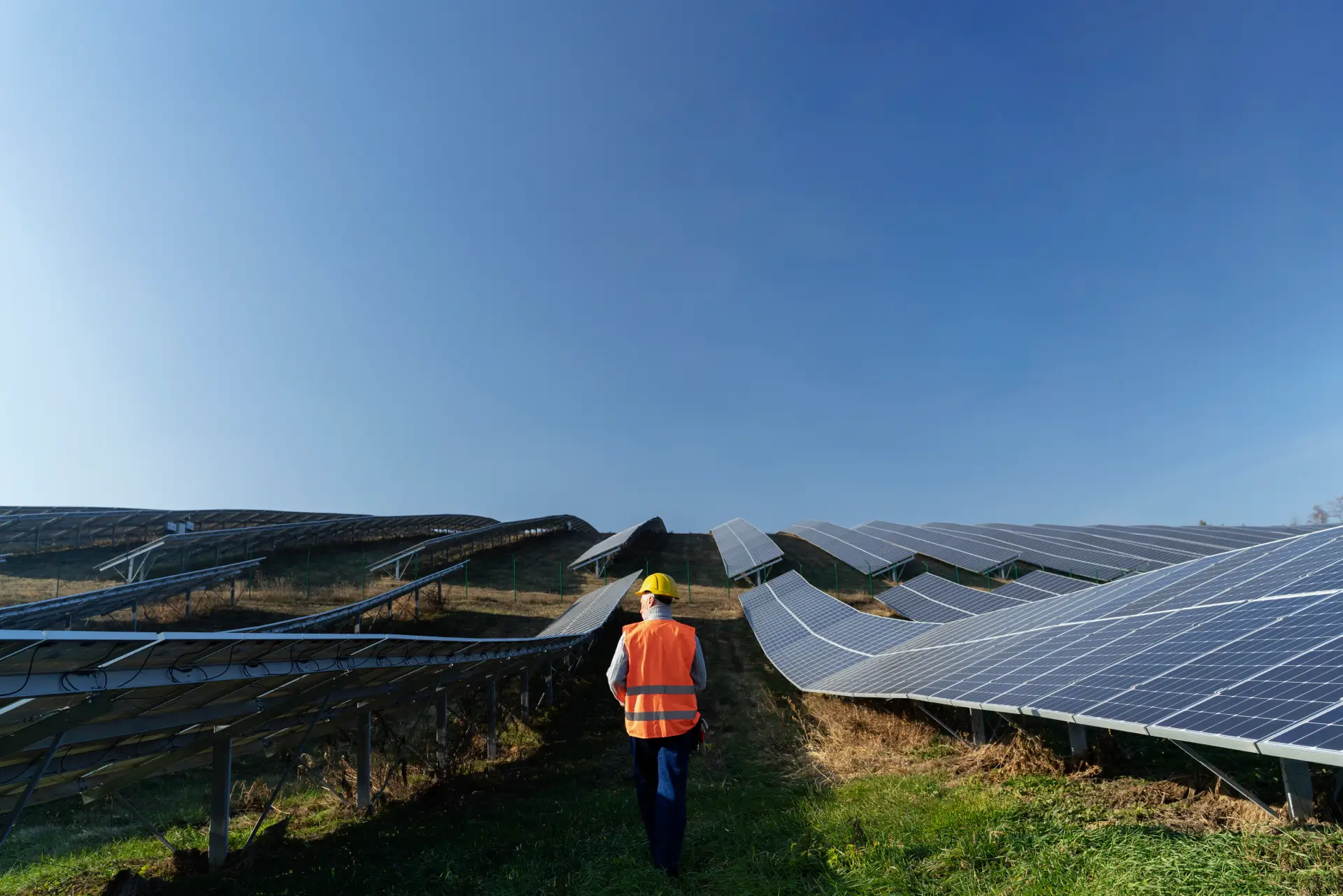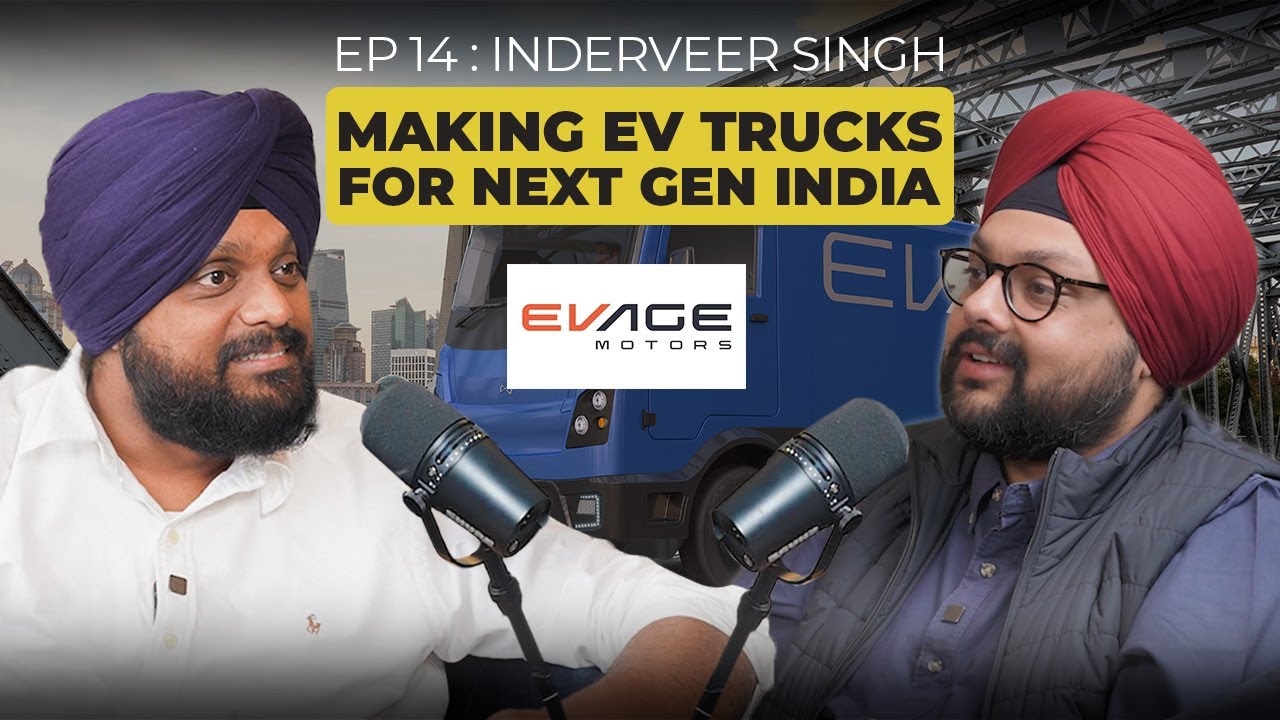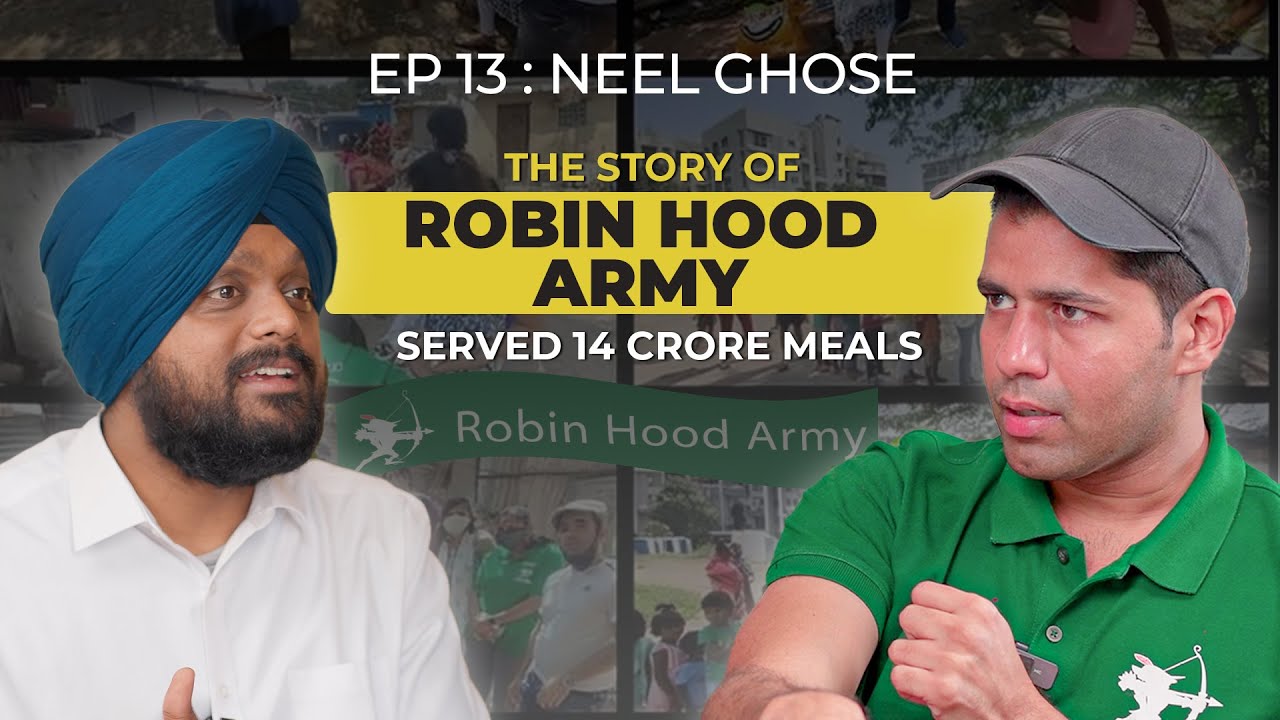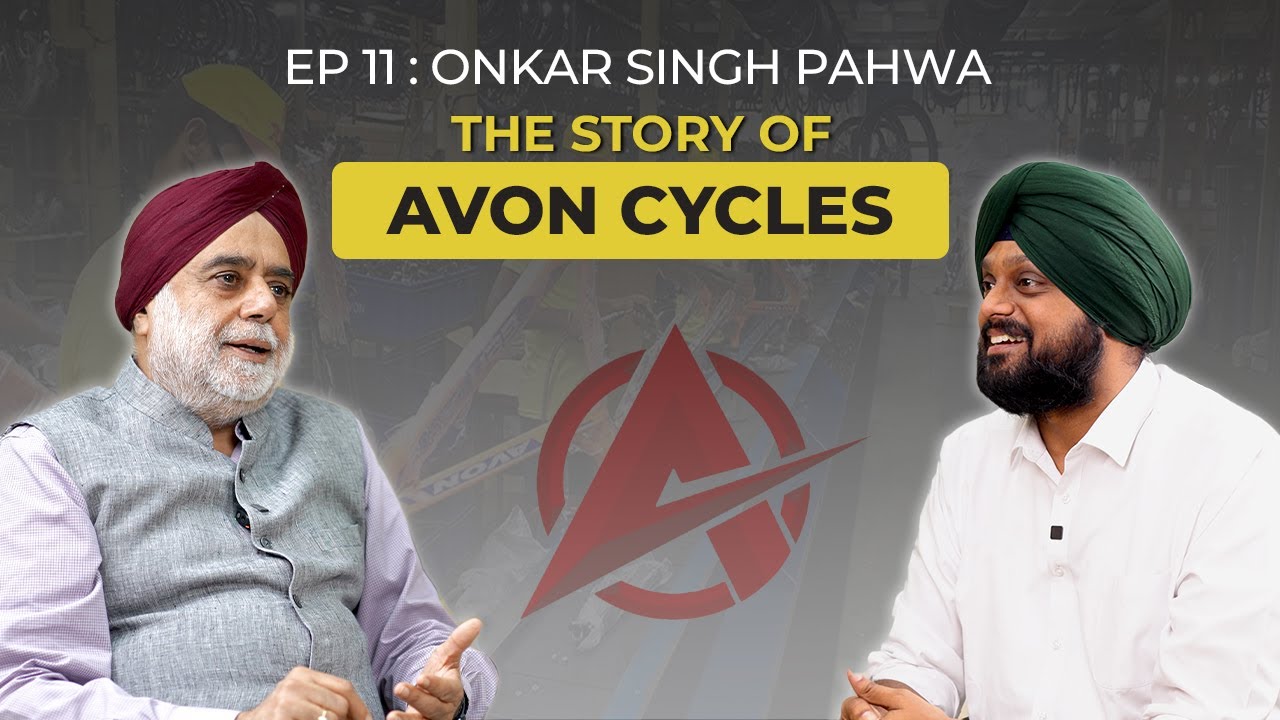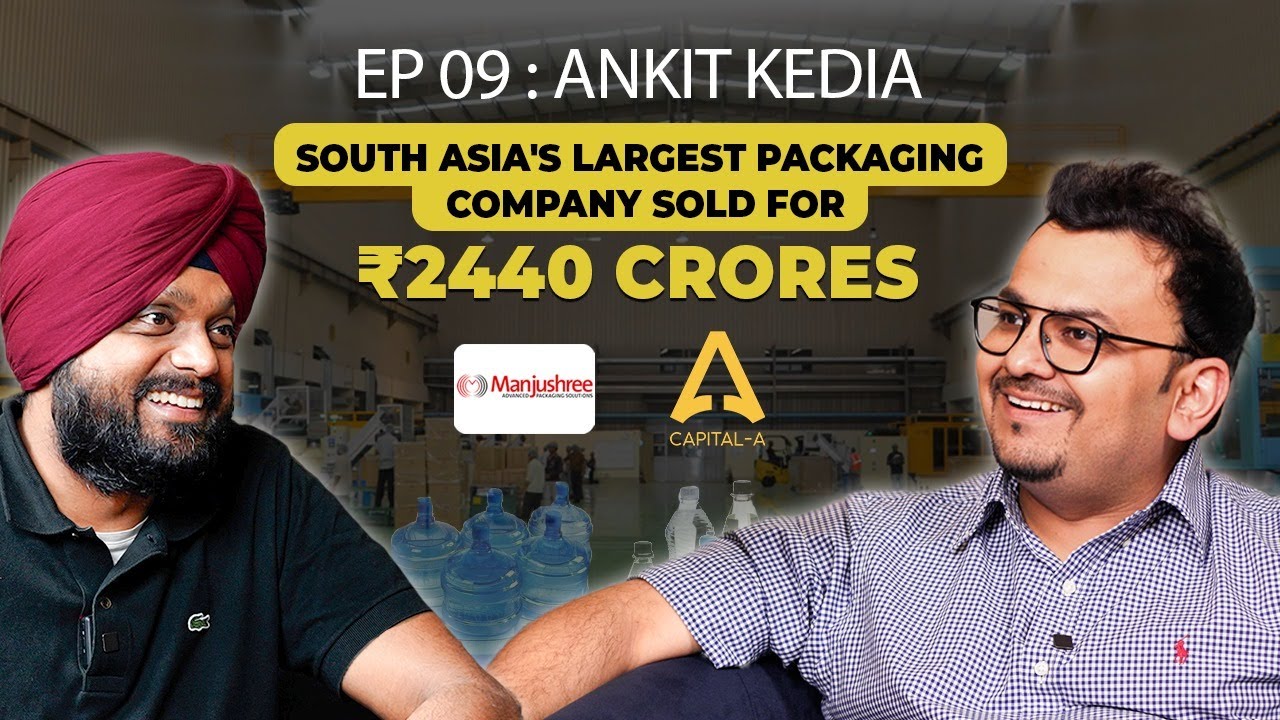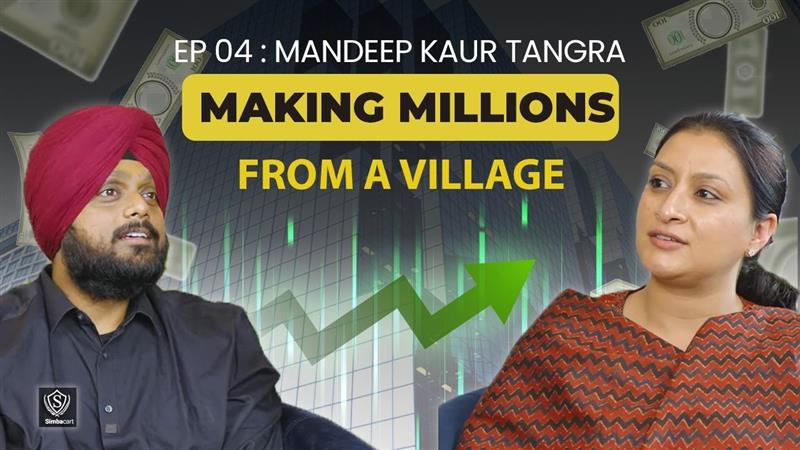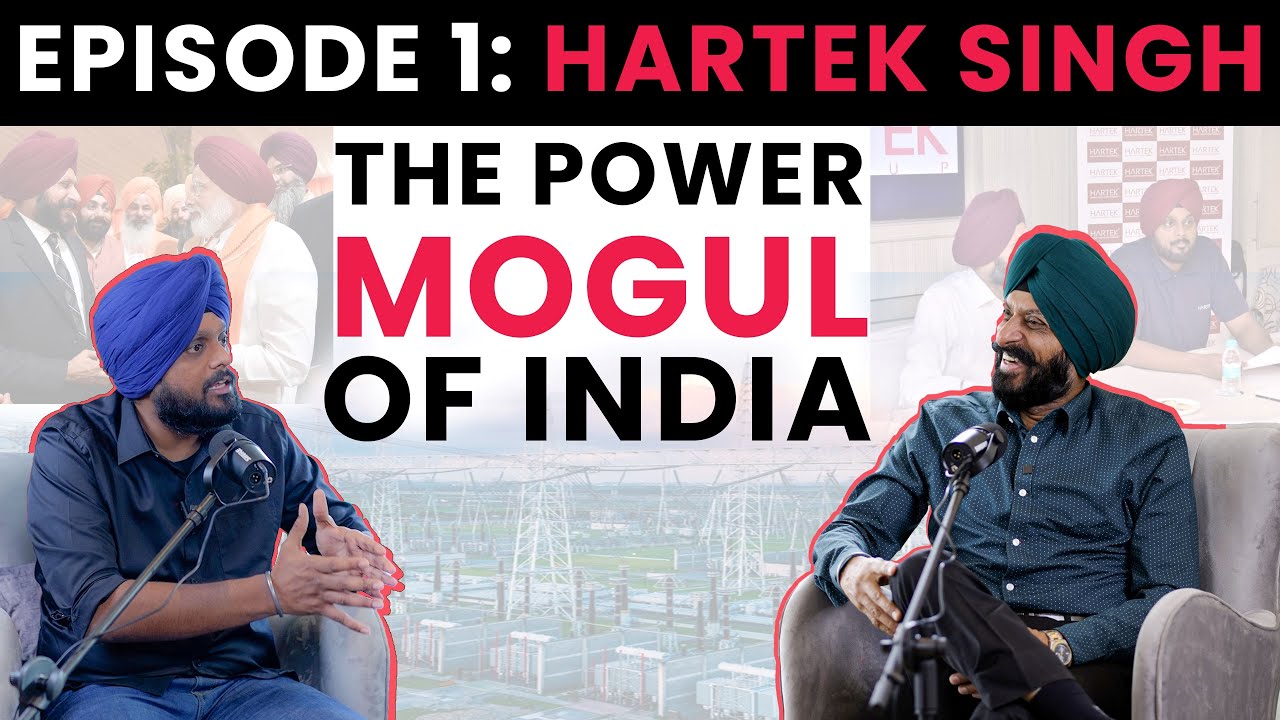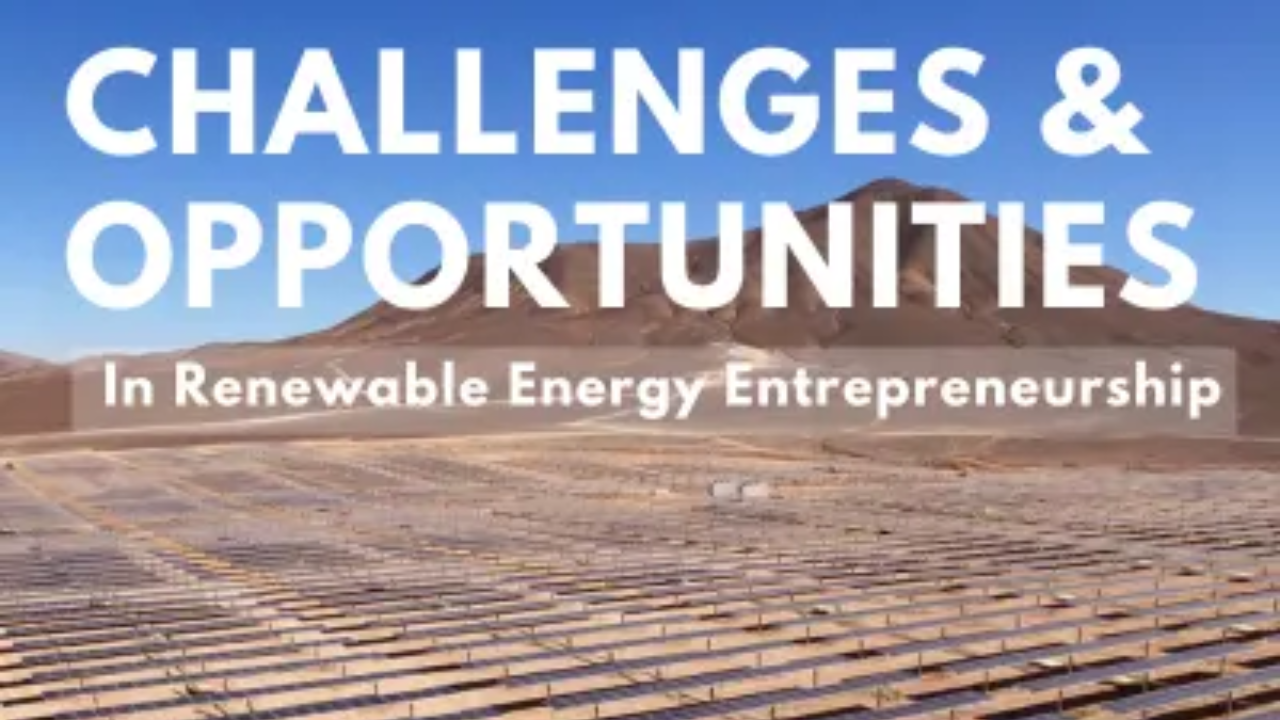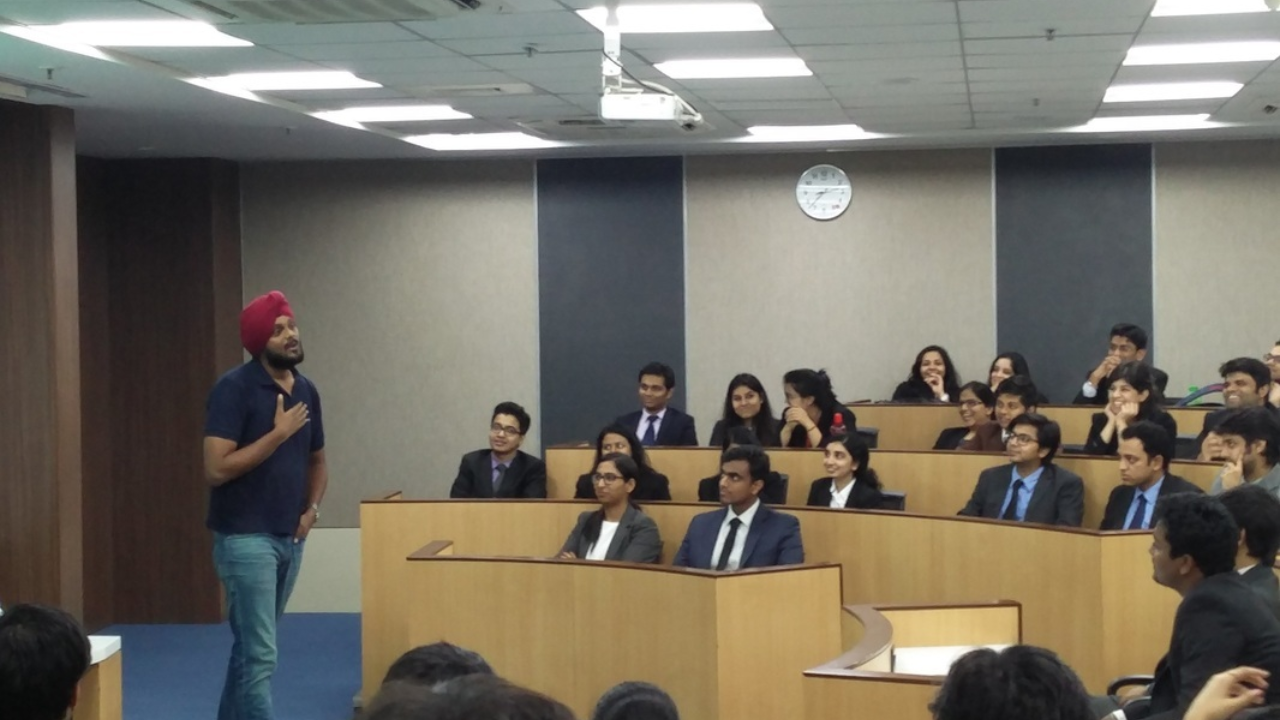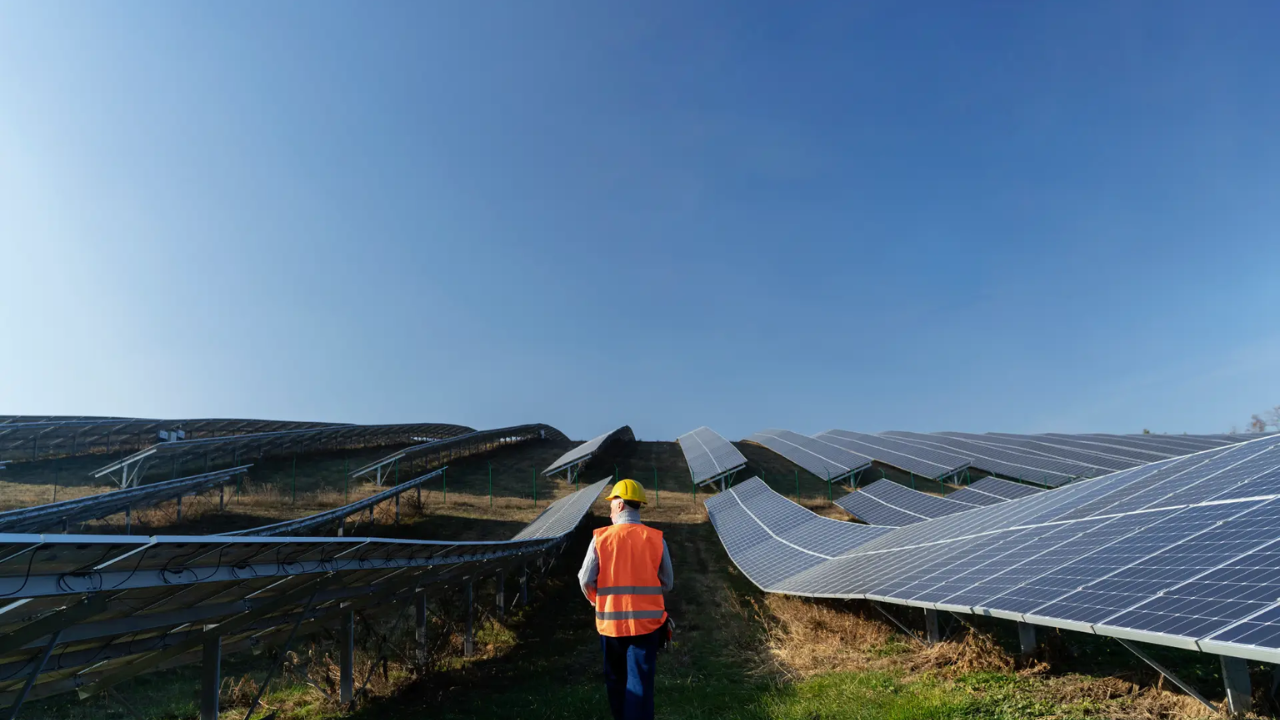India is racing against time to meet the 100-GW solar generation target by 2022, and the challenge is becoming increasingly daunting with the passage of time. Owing to the slowdown in the tender process due to unrealistic tariff expectations and execution and financing challenges like land/transmission bottlenecks, safeguard duty and increase in financing costs, solar power capacity additions dropped by 47% in the financial year 2018-2019 as compared to the previous year.
India has committed to meeting 40 per cent of its power requirements from renewable sources of energy by 2030 under the Paris Climate Agreement. But going by the pace at which India is making progress, it is easier said than done. The country had added more than 2 GW of solar power in all quarters of 2017. The first quarter of 2018 began on a high note, witnessing 3.5-GW new installations. However, since then, we have seen a gradual decline in capacity additions every quarter. In fact, this slowdown has been going on for the past one year. India’s total installed solar capacity has gone up to 35 GW with nearly 20-GW capacity in the pipeline. But going by these figures and the rate of growth, the 100-GW target will still remain elusive.
The slowdown in the solar sector has badly hit jobs. Only 12,400 new workers were absorbed in FY 2018-19 in the renewable energy sector as compared to a figure of 30,000 in the preceding year, Powering Jobs Growth with Green Energy, a study conducted by the Council on Energy, Environment and Water, the National Resources Defence Council and the Skill Council for Green Jobs has pointed out.
The study has observed that the main reasons for this slowdown are GST, imposition of safeguard duty to incentivise domestic manufacturers at the cost of developers, payment delays by discoms, lack of finance and infrastructure constraints. It recommended that in order to sustain the growth of India’s renewable energy markets, the government should formulate favourable policies with a high degree of certainty and take suitable measures to lower the cost of finance. The scope is immense, and the government can do a lot to tap this potential. After all, India’s renewable energy workforce has grown by five times in the past five years, and the jobs have also grown proportionately.
The decision to impose safeguard duty on imports of solar cells and modules has not helped the domestic manufacturers much. In order to promote indigenous manufacturing on the lines of China, the government had imposed a 25 per cent duty on imports of Chinese and Malaysian solar cells and modules for the first year, followed by 20 per cent and 15 per cent duty for the next six-month periods. However, the results have been far from encouraging as no new domestic manufacturing unit has been set up even a year after imposition of safeguard duty.
Before this, around 90% of solar panels and modules were imported from China and Malaysia as they worked out to be cheaper than domestically manufactured ones. The imposition of safeguard duty has not made any difference. The share of imported modules is still in the range of 90 per cent. Domestic manufacturing remains dismal with most of the cell manufacturers either shutting down or operating at low capacity utilisation.
With discoms inclined to push solar tariffs down and resorting to cancellation of solar auctions if the tariff are a bit on the higher side, developers are waiting for the two-year safeguard duty limit to end. Even domestic manufacturers confide that they are not getting a better deal. In fact, the situation has worsened in the past one year because the new projects being allotted now have a completion period of 15 years, thus implying that bids are happening without taking the duty into consideration.
We need to rectify the situation by adding value for domestic solar panel manufacturers. We need to create a favourable business ecosystem for them so as to encourage investments. Availability of land to manufacturers at reasonable rates and assurance of commitment of direct, cheap power supply in a dedicated manufacturing SEZ can make all the difference.
It should be binding on the SEZ to sell products in the Indian market so as to fulfil its export obligations. The panels manufactured by them can be used by government agencies like the railways, defence and police establishments and educational institutions.


